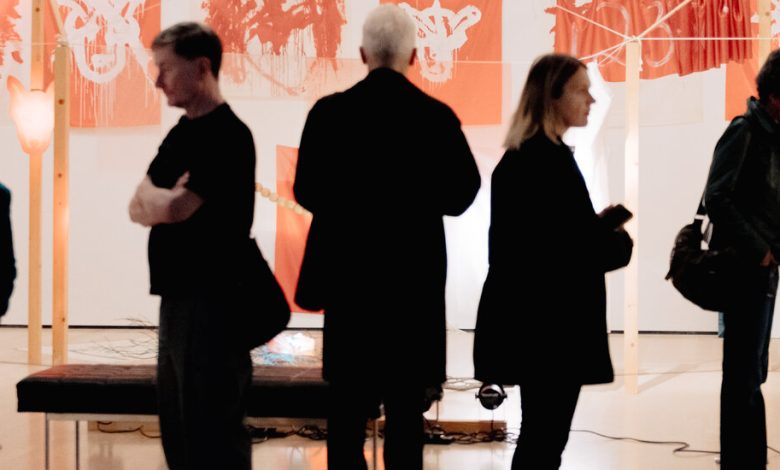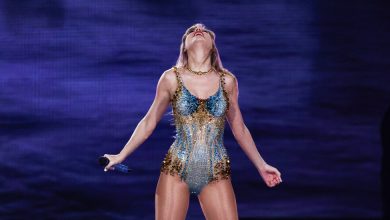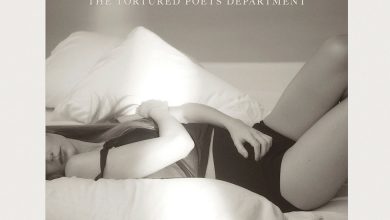Joan Jonas: A Trailblazer Shines at MoMA

I’m not a humanist, I’m a creaturist. Have been since childhood. The pyramidal view of the world that I grew up with — Man as the crown of creation, with all other animals, four-legged, feathered and scaled, ranked and devalued downward — has never made sense.
Hierarchies in art, with painting and sculpture enthroned at the top, don’t make sense either. When it comes to form, I’m a pluralist verging on everything-ist. I find too much beauty in too many cultures to be anything else. All materials — from marble, to sweetgrass, to pixels — have equal potential. It’s what’s done with them — physically, expressively, spiritually — that counts.
No American artist better matches my existential and aesthetic proclivities than Joan Jonas, one of the great and still undersung creative figures of our time. A trailblazer in the realms of video, performance, conceptual and installation art, she arrived, more than 60 years ago, at a point on the vanguard highway where the feminist and the early environmentalist movements met, and she has kept moving forward since.

Joan Jonas’s “Reanimation,” a video-sculpture installation that mixes arctic landscapes, folk tales, music and hanging glass, at MoMA.Credit…Clark Hodgin for The New York Times
Any art season is bright that brings a consideration of her career, and this spring does, in two enchanting concurrent shows. The artist’s long-overdue first New York retrospective, “Joan Jonas: Good Night Good Morning,” fills the sixth floor of the Museum of Modern Art. And a bounteous survey of her work on paper, titled “Joan Jonas: Animal, Vegetable, Mineral,” is at the Drawing Center in SoHo.
Born in New York City in 1936, Jonas trained as a sculptor, but time spent in the city’s downtown avant-garde art world quickly expanded her ideas not only of what could be sculpture, but of what could be art. The options she spotted — none of which the mainstream art world took seriously at the time — included bodies in motion; images projected on screens; sounds that created moods and defined space; and arrangements of objects — new and old, made and found — that told stories.



